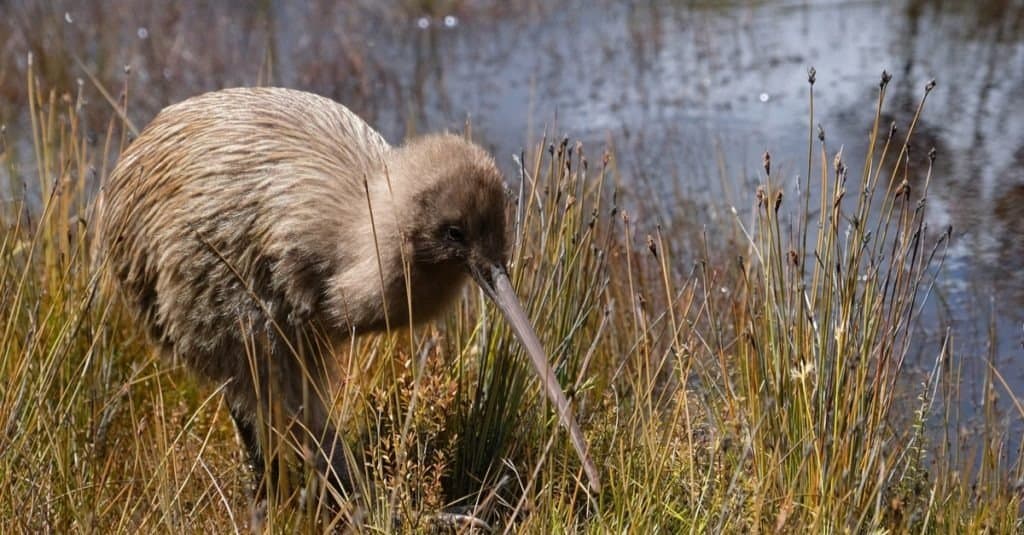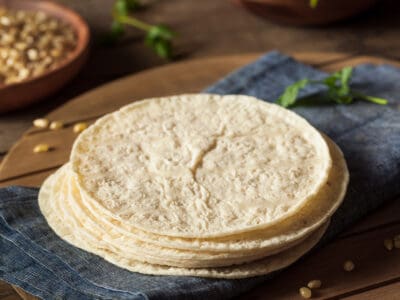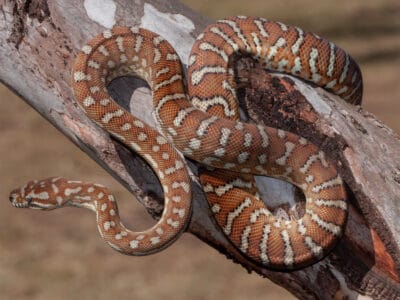Kiwi
.jumbotron {
background-image: url(“https://a-z-animals.com/media/2019/11/Kiwi-close-up-400×300.jpg”);
}
}
@media only screen and (min-width: 641px) and (max-width: 920px) {
.jumbotron {
background-image: url(“https://a-z-animals.com/media/2019/11/Kiwi-close-up-470×370.jpg”);
}
}
@media only screen and (min-width: 921px) {
.jumbotron {
background-image: url(“https://a-z-animals.com/media/2019/11/Kiwi-close-up.jpg”);
}
}
Kiwi
The kiwi has a finely developed sense of smell, which is rare in birds
Kiwi Scientific Classification
Read our Complete Guide to Classification of Animals.
Kiwi Conservation Status
Kiwi Facts
- Main Prey
- Worms, Spiders, Insects, Fruit
- Fun Fact
- The kiwi has a finely developed sense of smell, which is rare in birds
- Distinctive Feature
- Round body and long, sharp and straight beaks
- Wingspan
- An inch per wing
- Incubation Period
- 75 to 85 days
- Habitat
- Forests and dense woodland
- Predators
- Foxes, Dogs, Cats
- Diet
- Omnivore
- Lifestyle
-
- Solitary
- Favorite Food
- Worms
- Type
- Bird
- Average Clutch Size
- 2
- Slogan
- Only found in the forests of New Zealand!
- Nesting Location
- Burrows in the ground
- Age of Molting
- Shortly after birth
This post may contain affiliate links to our partners like Chewy, Amazon, and others. Purchasing through these helps us further the A-Z Animals mission to educate about the world’s species..

Spiders that fly! Fish that walk! And 1000+ more incredible animals. Discover them all for FREE
.photo-gallery {
–margin: 0px auto 0px;
–padding: 0px 0px 0px 0px;
}
.gallery-link {
background-image: url(“https://a-z-animals.com/media/2019/11/Kiwi-close-up-1024×535.jpg”);
background-repeat: no-repeat;
background-size: cover;
background-position: center;
height: 500px;
justify-content: center;
text-align: center;
align-items: center;
display: flex;
border: 2px solid #000;
}
.gallery-link img {
height: 50%;
}
@media only screen and (max-width: 768px) {
.gallery-link {
height: 300px !important;
}
}
A national symbol of New Zealand, the flightless kiwi is among the most unique birds in the world.
Evolving in the absence of most large predators, the kiwi fills a similar ecological niche as many land mammals elsewhere, a fact reflected by the kiwi’s anatomy. Like many mammals, their bones are filled with marrow. They rely on their sense of touch and smell. And their soft feathers feel very much like fur. Nevertheless, despite considerable conservation efforts, this animal is in danger of becoming extinct.
An Amazing Bird: 4 Kiwi Bird Facts!
- The kiwi bird first evolved some 30 million years ago, which makes it one of the oldest types of birds still living.
- The kiwi has a lower body temperature than any known bird.
- One of the more amazing facts is that the kiwi has a highly developed sense of smell. It is the only bird in the world with nostrils at the tip of the bill. If the nostrils become filled with dirt, then the kiwi can deliberately sneeze to remove the obstructions.
- The female kiwi bird is one of the few birds with a functioning pair of ovaries. Most birds only have a single ovary.
Where to Find the Kiwi
This is a forest-dwelling bird that prefers steep and wetlands surrounded by tall shrubs or threes. It was once common throughout mainland New Zealand, but many species have been relegated to the small outer islands.
button.pulse {
transform: scale(1); animation: pulse 2s infinite;
box-shadow: 0 0 0 0 rgba(11, 247, 25, 1);
}
@keyframes pulse {
0% { transform: scale(0.90); box-shadow: 0 0 0 0 rgba(11, 247, 25, 0.5); }
60% { transform: scale(1); box-shadow: 0 0 0 15px rgba(11, 247, 25, 0); }
100% { transform: scale(0.90); box-shadow: 0 0 0 0 rgba(11, 247, 25, 0); }
}
Kiwi Bird Nests
These birds do not construct nests at all. Instead, it digs burrows in the ground with its sharp claws.
Kiwi Scientific Name
The scientific name of the kiwi is Apteryx. This is derived from the Greek term meaning “without wing.” The suffix “a” means without and “pterux” means wing. There are five known species, all with the same general appearance and behavior, but they vary in subtle ways. The kiwi is an example of a ratite: a diverse and somewhat distantly related group of flightless birds that also includes emus, cassowary, and ostriches. However, the kiwi is the only living member of its order (scientific name Apterygiformes).
Kiwi: The Bird’s Size, Appearance & Behavior
These are unusual looking birds with a round body, a long, slender bill, strong feet, highly reduced wings with claws at the end, small whisker-like feathers around the face, and brown or gray plumage almost resembling fur. The largest species is the brown kiwi, which stands at 25 inches and weighs up to 11 pounds, or about the same size as a domesticated chicken. Males are slightly larger than females, but they are otherwise similar in appearance.
Although they do sometimes travel in the company of other members of the same species, the kiwi is a highly territorial bird that maintains a very tight grip on its land and does not tolerate trespassers easily. If another bird does not heed its warning sound to stay away, then it may resort to attacking with its feet. The bird communicates via a series of sounds such as shrieks, clicking noises, and ascending and descending whistles. During the day, the bird curls up in a ball and sleeps in its burrow. At night the bird pokes its head out and sniffs the air for predators. If the coast is clear, then it will come out and begin foraging for food.

Vee Snijders/Shutterstock.com
Kiwi Diet
The bird spends the dusk to dawn period feeding. With its powerful scent, the kiwi finds prey and then uses the highly developed sensory pads on its bill to catch food.
What does the kiwi bird eat?
The bird consumes a diet of worms, grubs, berries, and seeds.
Kiwi: The Bird’s Predators, Threats, and Conservation Status
For millions of years, the kiwi faced very few threats in the wild. But the arrival of the first humans to the island centuries ago marked the beginning of the kiwi’s decline. This accelerated with the arrival of Europeans, who cut down vast swaths of forest habitat and introduced cats, weasels, stoats, and ferrets to the island. Since kiwis were poorly equipped to deal with the new mammalian threat, numbers began to fall rapidly. Today four of the five kiwi species are vulnerable to becoming extinct. Only the little spotted kiwi is near threatened.
What eats the kiwi bird?
Before the arrival of people, the kiwi was only preyed upon by the now extinct laughing owl. But once carnivorous mammals poured into the island, they fed on the vulnerable kiwi chicks and sometimes even the adults in large numbers.
Kiwi: The Bird’s Reproduction, Babies, and Lifespan
Every year, between March and June, the kiwis undergo a unique mating ritual. After calling out to each other, the pair then meets in the nesting burrow every three days, and while copulating, males emit a distinctive purring sound. The kiwi forms close breeding pairs that usually mate for life unless a more desirable partner happens to come along.
Among the most amazing facts is that the kiwi produces the largest eggs of any bird in relation to body size. Even though the kiwi is about the same size as a chicken, the eggs are about six times as large as a chicken’s egg. The sheer size means that the kiwi can only lay one egg at a time, but the female may still produce a second egg several weeks later before the first one has hatched. The male incubates the eggs by himself.
When the chicks emerge from the egg by kicking out the shell, they are fully independent and feathered. Since the parents play a minimal role in feeding the offspring, the chicks must survive their first 10 days of life by feeding on the yolk sac. The eggs are also anti-bacterial and anti-fungal to cope with the damp underground burrows. Although the birds are soon ready to forage on their own, some may choose to stay around their parents and help them raise the next generation of young.
These birds have a rough early life. Approximately 90% of wild kiwi will die, mostly from predator attacks, within the first six months of their life. When pests are absent from an area, the survival rates of young kiwis are considerably higher. Males reach sexual maturity quickly at around 14 to 18 months, while females take a relatively longer two to three years. If they survive adolescence, then the bird has a long lifespan of 50 years in the wild and about 30 years in captivity.
Kiwi: The Bird’s Population
Kiwi populations have fallen sharply since their height, and although conservationists have devoted significant resources to reviving numbers, they still remain in decline throughout most of New Zealand. One success story is the little spotted kiwi. It is estimated that this species fell to a low of only five individuals in the early 20th century. Since being relocated to the kiwi sanctuary on Kapiti Island, population numbers have since rebounded to more than 1,200 mature individuals. Other species have more than 10,000 mature individuals left in the wild, but their populations are falling by a slight amount every year.
View all 45 animals that start with K
Kiwi FAQs (Frequently Asked Questions)
Are Kiwis herbivores, carnivores, or omnivores?
Kiwis are Omnivores, meaning they eat both plants and other animals.
What Kingdom do Kiwis belong to?
Kiwis belong to the Kingdom Animalia.
What phylum do Kiwis belong to?
Kiwis belong to the phylum Chordata.
What class do Kiwis belong to?
Kiwis belong to the class Aves.
What family do Kiwis belong to?
Kiwis belong to the family Apterygidae.
What order do Kiwis belong to?
Kiwis belong to the order Struthioniformes.
What genus do Kiwis belong to?
Kiwis belong to the genus Apteryx.
What type of covering do Kiwis have?
Kiwis are covered in Feathers.
In what type of habitat do Kiwis live?
Kiwis live in forests and dense woodlands.
What is the main prey for Kiwis?
Kiwis eat worms, spiders, insects, and fruit.
What are some predators of Kiwis?
Predators of Kiwis include foxes, dogs, and cats.
What are some distinguishing features of Kiwis?
Kiwis have round bodies and long, sharp, and straight beaks.
Does the kiwi migrate?
No, the kiwi stays within a narrow range for most of the year.
How many eggs does the kiwi lay?
The kiwi lays one or two eggs per clutch with up to three clutches per year.
How fast does the kiwi fly?
The kiwi is not capable of flight, but it can run on the ground at speeds of up to 12 miles per hour.
What is the kiwi’s wingspan?
The kiwi has short, stunted wings that don’t serve much of a purpose. Each one is only about an inch long.
When do kiwi chicks leave the nest?
Kiwi chicks are ready to leave the nest almost from the moment they are born.
What is a kiwi?
The kiwi is a medium-sized flightless bird that roams the forests of New Zealand. It has very small wings and a long lifespan.
What does a kiwi bird look like?
The kiwi has a rather plump, rounded body with large “whiskers” around the face, strong feet, and a long, slender bill.
How big is a kiwi?
The kiwi is the smallest of the flightless ratites (like the ostrich), but it’s still relatively large compared to most other birds. The smallest species is the little spotted kiwi, which measures between 14 and 18 inches high. The largest species is the brown kiwi, which measures between 20 and 25 inches high.
Where does a kiwi live?
The kiwi lives in New Zealand.
Are kiwi birds dangerous?
The kiwi is not dangerous. This rather shy bird would prefer to run away from people rather than confront them directly.
What is an interesting fact about Kiwis?
Kiwis are only found in the forests of New Zealand!
What is the lifespan of a Kiwi?
Kiwis can live for 8 to 12 years.
How do Kiwis have babies?
Kiwis lay eggs.
Sources
- San Diego Zoo, Available here: https://animals.sandiegozoo.org/animals/kiwi
- New Zealand, Available here: https://www.newzealand.com/us/feature/five-surprising-kiwi-facts/
















